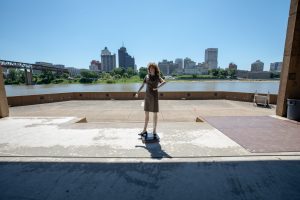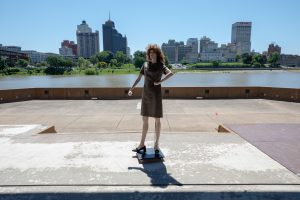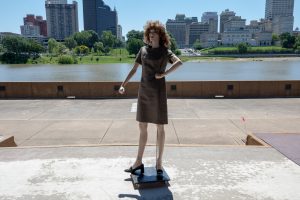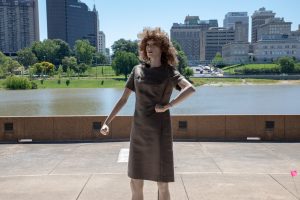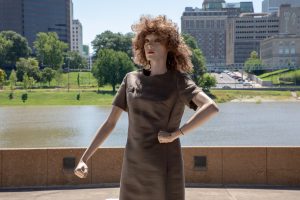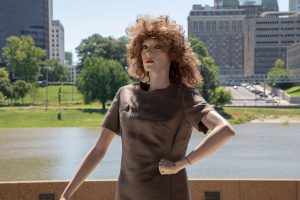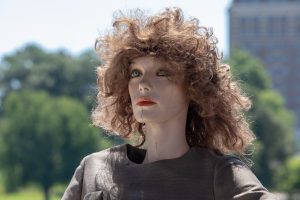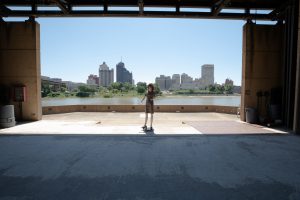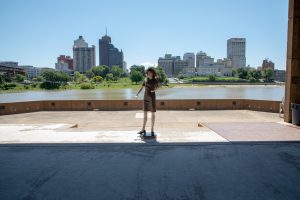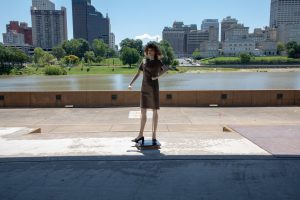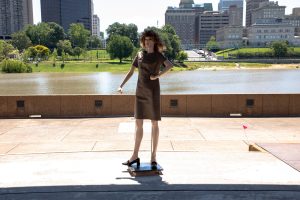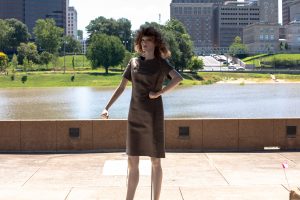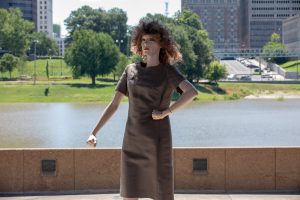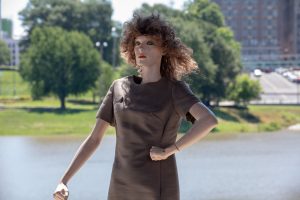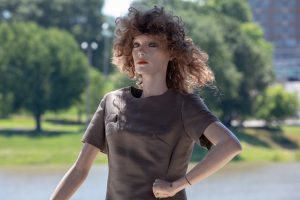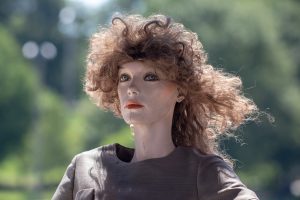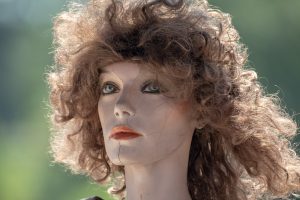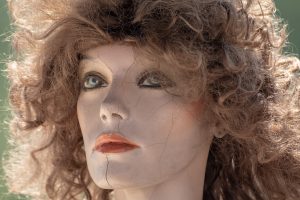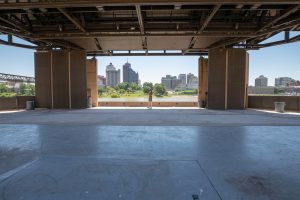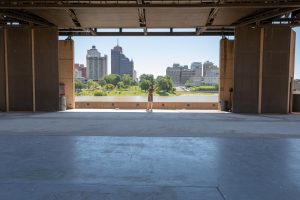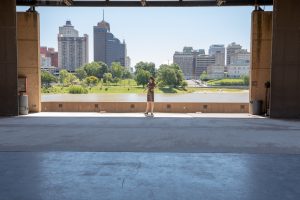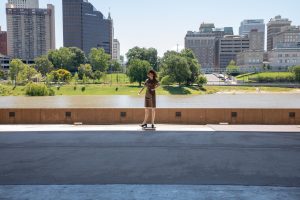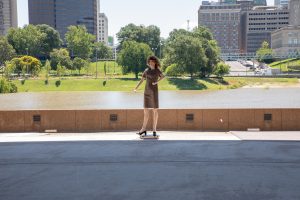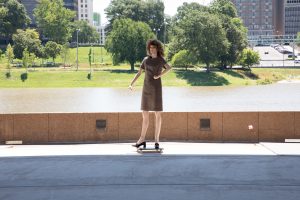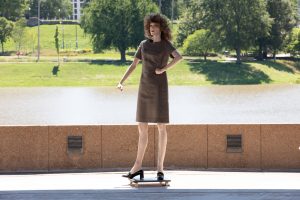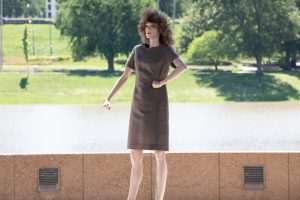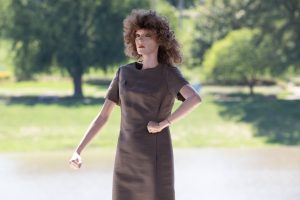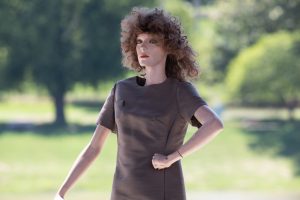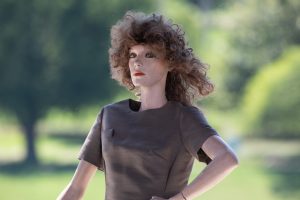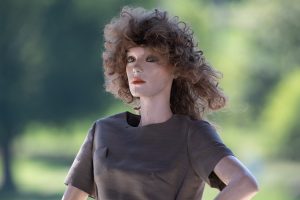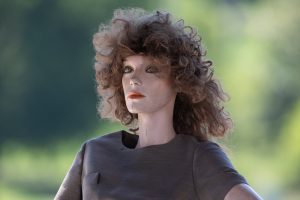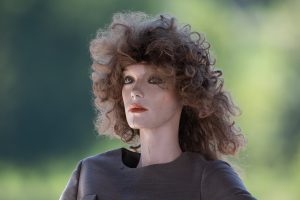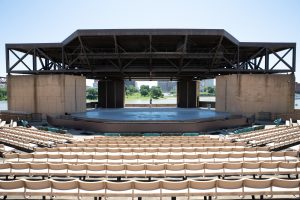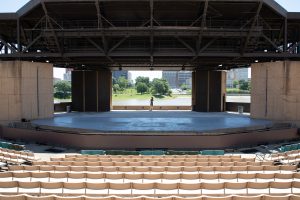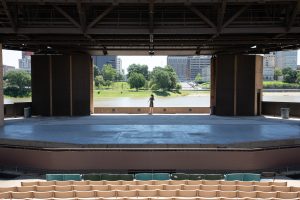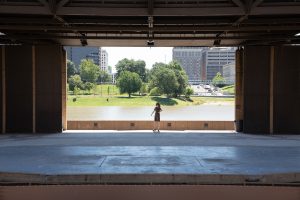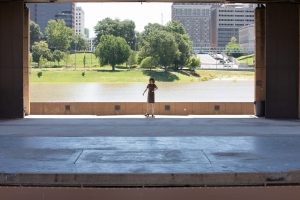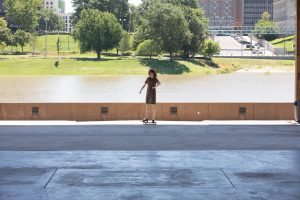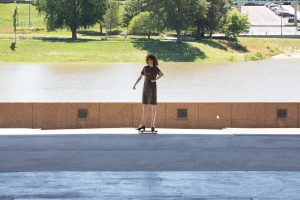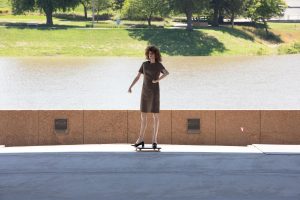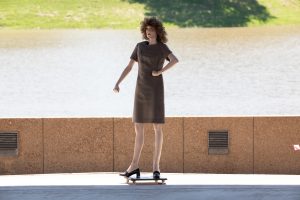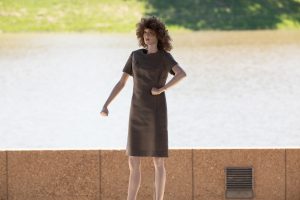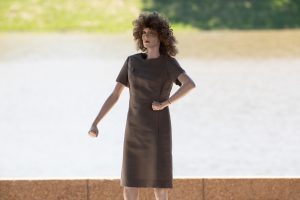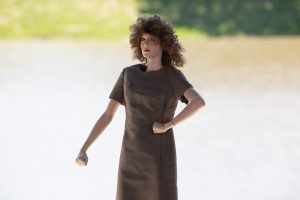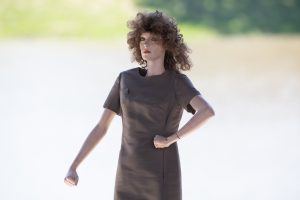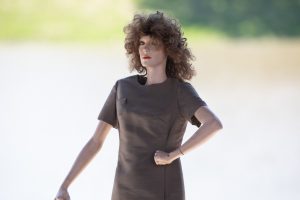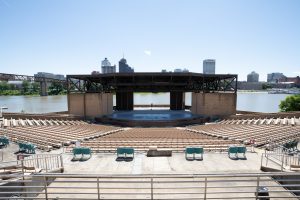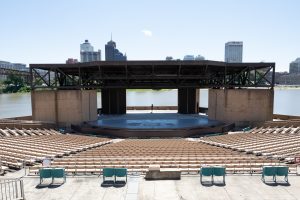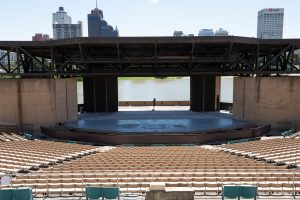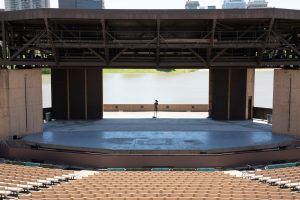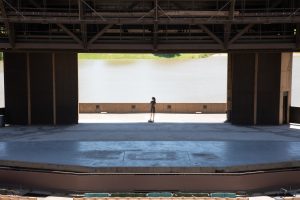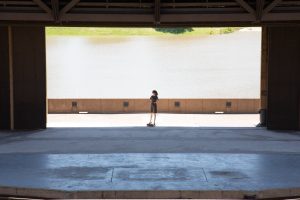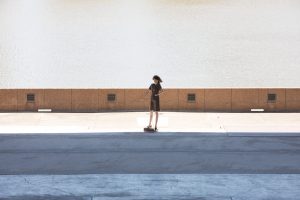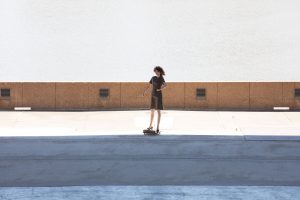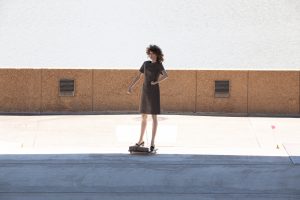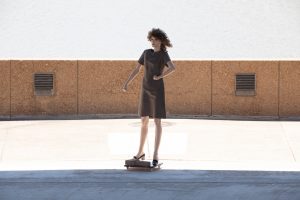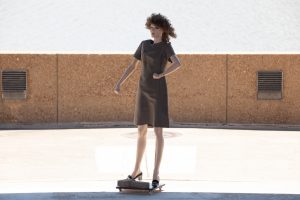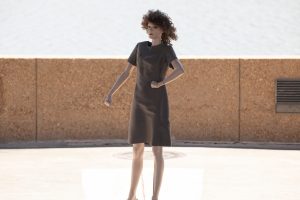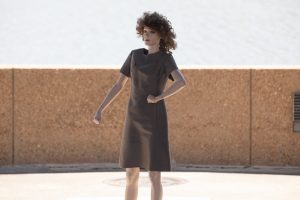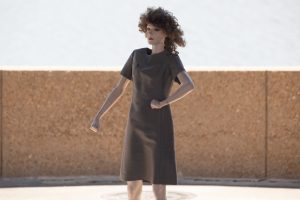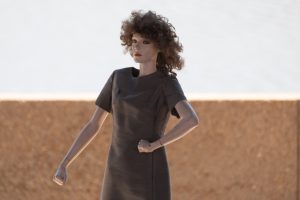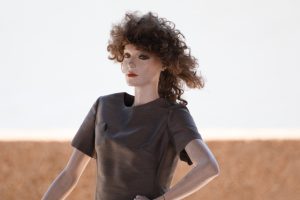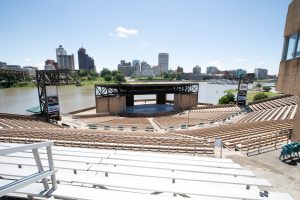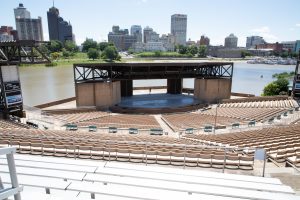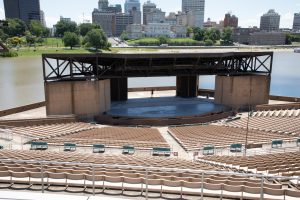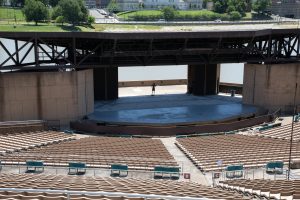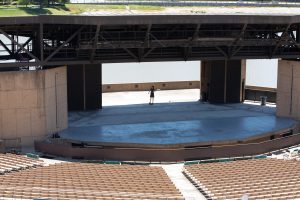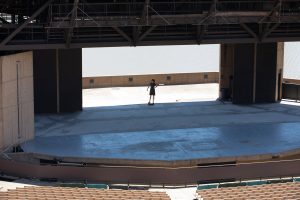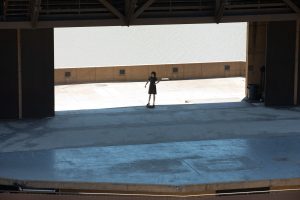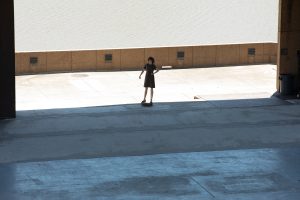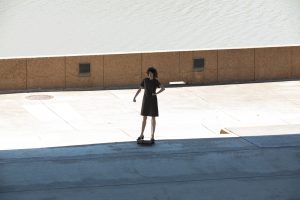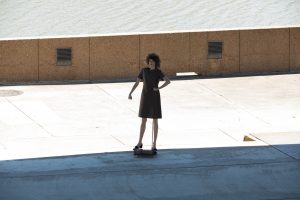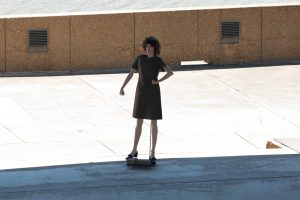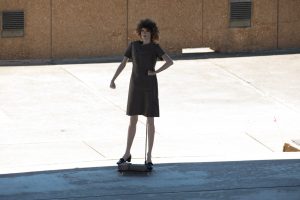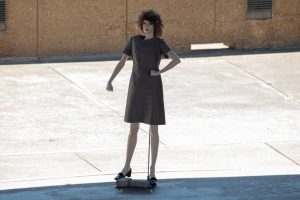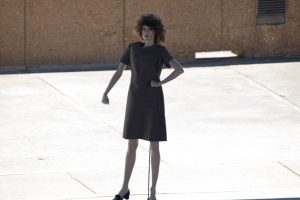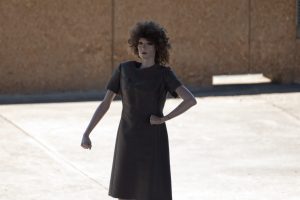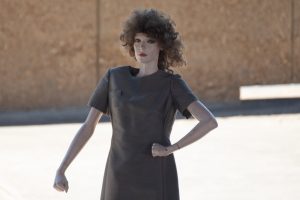Equipment
Helping Determine the Correct Focal Length for Photography & Videography
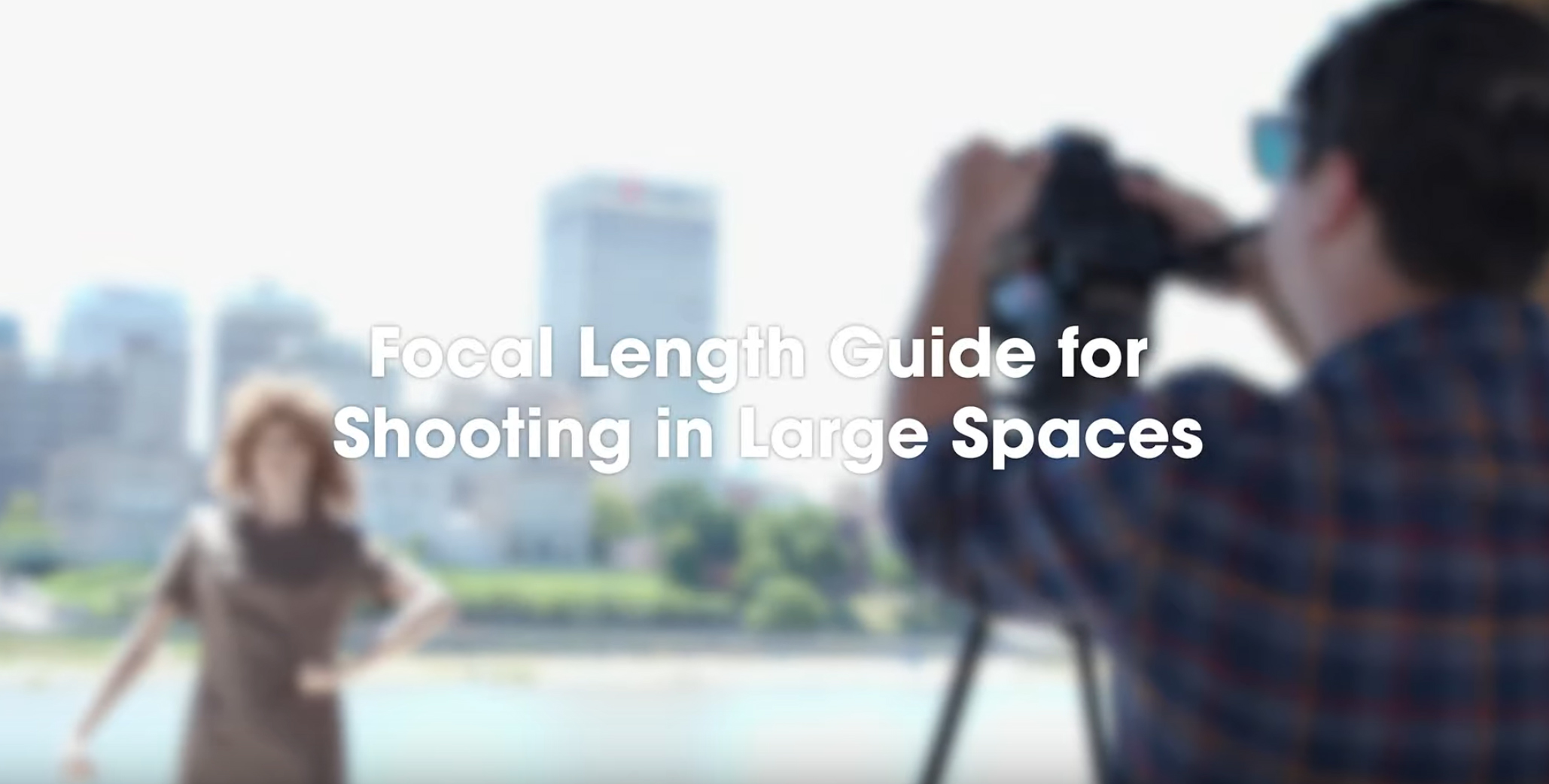
Here at Lensrentals.com, we get asked a common question on the daily, which is something to the regards of “I’m shooting X, what do you think the best focal length(s) would be?” By definition, this is an impossible question to answer completely and would need a multitude of variables before we could actually give a recommendation. But at the very least, we thought to ourselves, “Certainly, we could give people a visual representation, right?”
And so, that is where we’re at now. Before we get too far into this demonstration, it’s worth addressing the variables mentioned above. The first one is going to come down to your sensor size. For this test, all of our examples were done with a full-frame 35mm sensor size. If you’re using a crop sensor, your effective focal length might change, so I’ve included a small table showing you what you would be multiplying your focal length by to get a visual result.
| Sensor Size | Focal Length Multiplier (Crop Factor) |
|---|---|
| 1/2.5" | 6.0 |
| 1" | 2.7 |
| 4/3" / Four Thirds | 1.84–2 |
| APS-C | 1.5-1.6 |
| 35mm full frame | 1.0 |
| Crop Sensor Medium format | 0.79 |
| Medium format | 0.64 |
The second primary variable would be distance and how it relates to the depth of field and image compression. That talking point is worthy of another article itself (and has been covered several times already), so instead, we’re going to touch on the depth of field. If you’re shooting with particular settings, I recommend this handy calculator to help determine your depth of field. While there is a mathematical equation that can be memorized, it’s sometimes easier to use the calculator in your pocket.
For our test, we decided to head over to Mud Island Amphitheater in beautiful Memphis, TN. With us, was an eclectic lineup of various focal lengths, and our lovely model for the day, who I’ve decided to call Beatrice. We then set up six different shooting lengths, 10 feet, 20 feet, 50 feet, 100 feet, 150 feet, and 200 feet, and shot a series of images with Beatrice in the frame.
10 Feet Distance
At 10 feet, we shot a series of focal lengths that would be common within this shooting distance. In general, 10 feet would be considered a pretty typical distance from your subject when shooting a portrait session with one to two subjects. Our results of 16mm-200mm are posted below.
- 16mm Focal Length
- 24mm Focal Length
- 35mm Focal Length
- 50mm Focal Length
- 70mm Focal Length
- 100mm Focal Length
- 150mm Focal Length
- 200mm Focal Length
20 Feet Distance
From there, we doubled our distance from our subject and extended our testing to 16mm – 800mm (We were unable to do so on the 10-foot test, because of minimum focusing distance limitations).
- 16mm Focal Length
- 24mm Focal Length
- 35mm Focal Length
- 50mm Focal Length
- 70mm Focal Length
- 100mm Focal Length
- 150mm Focal Length
- 200mm Focal Length
- 300mm Focal Length
- 400mm Focal Length
- 500mm Focal Length
- 600mm Focal Length
- 700mm Focal Length
- 800mm Focal Length
50 Feet Distance
You know the routine by now. The following photos were shot at 50 feet from the subject.
- 16mm Focal Length
- 24mm Focal Length
- 35mm Focal Length
- 50mm Focal Length
- 70mm Focal Length
- 100mm Focal Length
- 150mm Focal Length
- 200mm Focal Length
- 300mm Focal Length
- 400mm Focal Length
- 500mm Focal Length
- 600mm Focal Length
- 700mm Focal Length
- 800mm Focal Length
100 Feet Distance
- 16mm Focal Length
- 24mm Focal Length
- 35mm Focal Length
- 50mm Focal Length
- 70mm Focal Length
- 100mm Focal Length
- 150mm Focal Length
- 200mm Focal Length
- 300mm Focal Length
- 400mm Focal Length
- 500mm Focal Length
- 600mm Focal Length
- 700mm Focal Length
- 800mm Focal Length
150 Feet Distance
- 16mm Focal Length
- 24mm Focal Length
- 35mm Focal Length
- 50mm Focal Length
- 70mm Focal Length
- 100mm Focal Length
- 150mm Focal Length
- 200mm Focal Length
- 300mm Focal Length
- 400mm Focal Length
- 500mm Focal Length
- 600mm Focal Length
- 700mm Focal Length
- 800mm Focal Length
- 1120mm Focal Length
- 1600mm Focal Length
200 Feet Distance
- 16mm Focal Length
- 24mm Focal Length
- 35mm Focal Length
- 50mm Focal Length
- 70mm Focal Length
- 100mm Focal Length
- 150mm Focal Length
- 200mm Focal Length
- 300mm Focal Length
- 400mm Focal Length
- 500mm Focal Length
- 600mm Focal Length
- 700mm Focal Length
- 800mm Focal Length
- 1120mm Focal Length
- 1600mm Focal Length
Hopefully, this quick piece has given you a better representation of what each focal length looks at different distances. For ease of use, we’ve also put together this handy PDF available for download, which highlights all of the information in this article. And if you’re looking to do your own experiments with focal lengths, be sure to check out our broad range of telephoto lenses.
Author: Lensrentals
Articles written by the entire editorial and technical staff at LensRentals.com. These articles are for when there is more than one author for the entire post, and are written as a community effort.
-
Ovette Abejuela
-
steviegsuccess
-
Michael Clark
-
Calaverasgrande
-
Joshua Richardson
-
SmithW6079
-
Greg
-
GuyWith
-
Baconator
-
Ashley Pomeroy
-
GulliNL
-
Stanislaw Zolczynski
-
DrJon
-
grubernd
-
J.L. Williams
